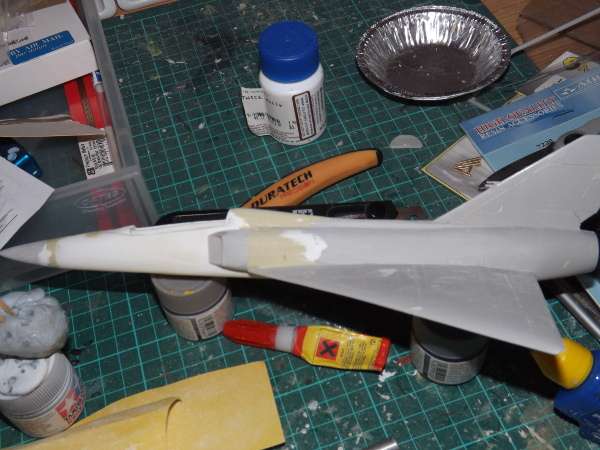And now begins the second tale of British aircraft manufacturing. As we have seen, Duncan Sandys was forced to resign because of his sexual peccadillo with the Duchess of Argyll. His replacement was John Profumo. In late 1957, Profumo handed down the much expected Defence White Paper. It promised savage cuts to an already over-extended and increasingly out of date RAF. All aircraft contracts for fighters and strike aircraft were to be cut, immediately. Instead the RAF would go over to using guided missiles. Fighters were to be replaced by long range Surface to Air missiles and strike aircraft by IRBMs (Intermediate Range Ballistic Missiles) initially and then, once developed, ICBMs (Inter-Continental Ballistic Missiles), both of which were to be situated in “silos” below ground, in the British countryside.
John Profumo had done his deed. He had saved the British tax-payers millions of pounds but at the expense of several tens of thousands of workers' jobs. Profumo, as we know was later forced to resign because of his involvement with Christine Keeler. The RAF began to “wind down”. Aircraft were not replaced, except with missiles. Within five years, the RAF was only a shadow of it's former self. British aircraft manufacturing had been devestated.
The RAF realised that whilst missiles looked good on the cover of magazines, they were not quite as useful at policing the airspace of the UK. Soviet bombers started approaching closer and closer as the numbers of fighters were retired. The scandal finally broke when a Soviet Bear bomber, allegedly “blown off course” overflew Belfast without challenge in broad daylight. London was alarmed. Washington was horrified. London urgently requested that the USAF station more fighters in the UK. Washington complied, on the understanding that the UK would either restart its aircraft manufacturing or purchase aircraft from America. It did both.
Here we have an example of the later. An F-106C Delta-Dart F.1 of 3 Squadron RAF wearing a commemorative set of markings in 1970, stationed “somewhere in Britian”. It carries internally four AIM-4, one AIR-2 Genie and an M61 Vulcan 20mm cannon.









The model is an ancient Hasagawa F-106A, to which I added the nose conversion from Falcon for the F-106B. The nose was quite simple to add, although a fair degree of PSR was required to even out the pieces. I also added a Vulcan pod, from the sparesbox, made from a drop tank for a Gnat T.1. The markings came from a combination of Kit Spackman Enterprises (the tail checks) and an Xtradecal Lightning set.